Petunia "Easy wave": varieties and features of care
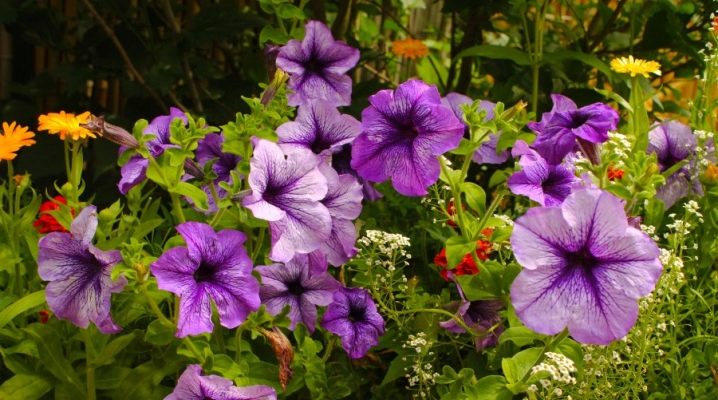
One of the favorite ornamental plants for gardeners is the well-known Easy Wave petunia. This plant is not for nothing that it enjoys considerable popularity among other flowers. It is easy to grow and requires little maintenance. This petunia reproduces quickly and easily at home. In this article, you will be able to get acquainted in more detail with various types of plants: "Easy wave blue", "Easy wave flame way", "Easy wave pink fashion", "Easy wave silver", "Easy wave yellow"
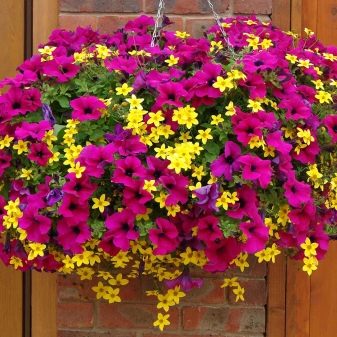
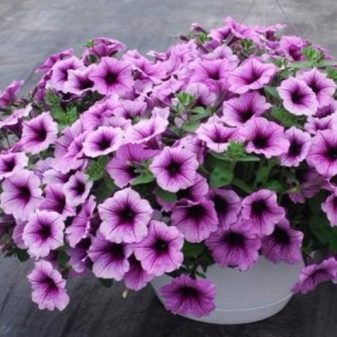
General information
With such a "beauty" as petunia "Easy Wave" we have the opportunity to get acquainted with the active work of American gardeners. This plant caused a huge stir with its appearance, as it was distinguished by its bright appearance and long flowering, which immediately attracted the attention of landscape designers and active gardeners. This flower will decorate almost any space - a balcony, a gazebo, a flower bed adjacent to a house, a garden. It can be planted both on a plot of land and in a pot that can be placed or hung indoors.
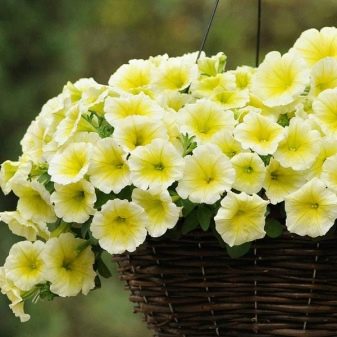

Petunia belongs to ampelous plants and has a wide range of shades - white, purple, red, blue... All of them have a rich color (some of the brightest are "Easy Wave Violet" and "Easy Wave Neon Rose") and look rich due to their lush bloom. Planting does not require large tracts of land or large pots. Due to the dense arrangement of flowers to each other, even the leaves are not visible, not to mention the soil.
Petunia "Easy Wave" has a delicate, sweetish aroma that everyone will like. The flowering period of this plant is quite long - almost the entire summer period. This flower grows up to 25 cm in height, however, branches can grow up to 100 centimeters over time.
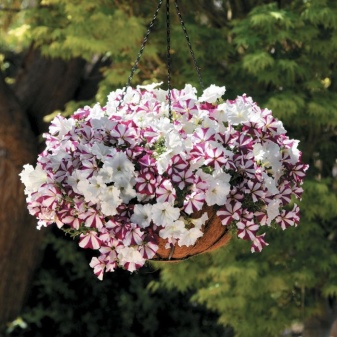
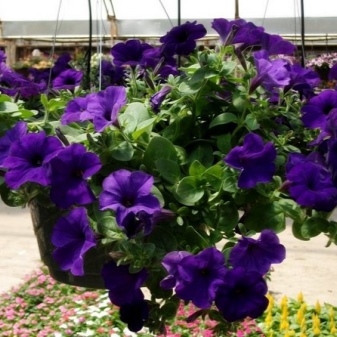
If you plant several petunia bushes on the land, over time they will turn into a bright floral carpet.
Advantages and disadvantages
The favorite of the designers of summer cottages, as well as active gardeners, this series of petunias has become for a reason, and for a number of advantages that distinguish it from other ornamental plants:
- this type of petunia is very easy to breed, as well as in subsequent cultivation and care;
- has a wide variety of shades of inflorescences;
- the plant has a dense flowering, often the inflorescences are so close that even the leaves of the bush are not visible, a solid flower cap is obtained;
- any of the varieties grows to about the same height, which allows you to plant several types of such a plant on one flower bed, while maintaining the well-groomed appearance of the site;
- accepts temperature fluctuations well, suitable for almost any climate;
- blooms for a long time, which will allow for a long time to enjoy the beauty of petunia flowering on a personal plot or balcony;
- does not require constant feeding with fertilizers.
Many varieties of Easy Wave petunias (for example, Easy Wave Burgundy Star) adapt perfectly to environmental conditions, soil moisture, temperature conditions, light conditions, etc.
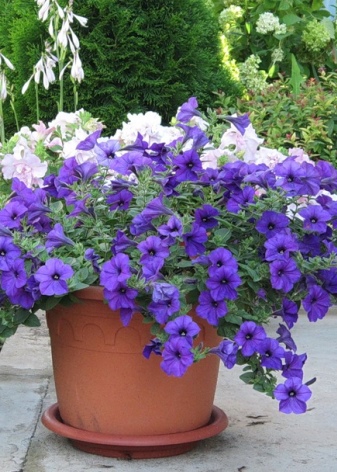
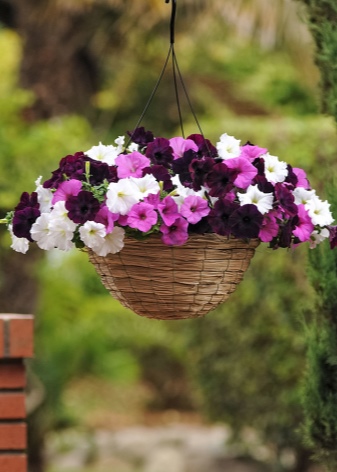
However, in the first stages of growing, this plant requires special attention, which can be partly attributed to the disadvantages:
- the seeds being grown are not covered with earth, but with a special mixture that can be purchased at specialized gardening stores;
- if necessary, additional lighting for the sprouts may be needed;
- you should be more careful in the care in the first stages of cultivation, due to inexperience, you can fill the plant or, on the contrary, water it extremely rarely, which will eventually lead to the drying of the flower.
Those who decided to breed this petunia variety set themselves the goal of improving the shortcomings of the previous species of this flower, making it more hardy, stronger and more beautiful, which in the end it turned out.
Varieties
The whole series of "Easy Wave" petunias is beautiful in its own way, everyone can choose their favorite.
- "Easy wave red velor" - the flowers have a rich dark red shade with a black center.
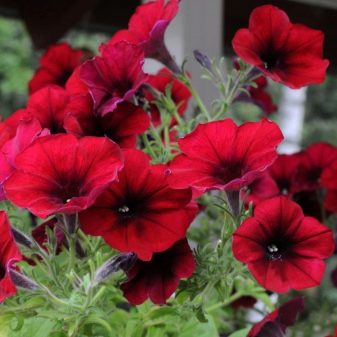
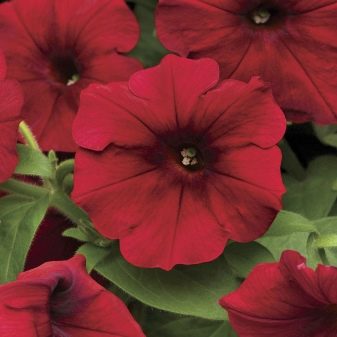
- "Easy wave yellow" - when comparing this type of plant with others, the height of the shrub is immediately striking, which is much higher than that of the others. This petunia blooms with white flowers with a yellow center, which grow tightly to each other, forming a circle shape.

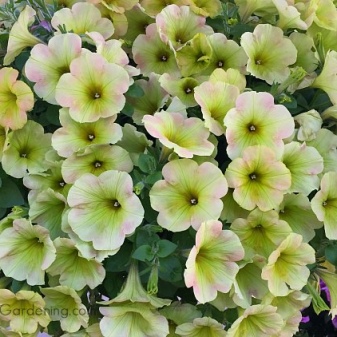
- "Easy wave berry velor" - inflorescences have a bright burgundy hue.

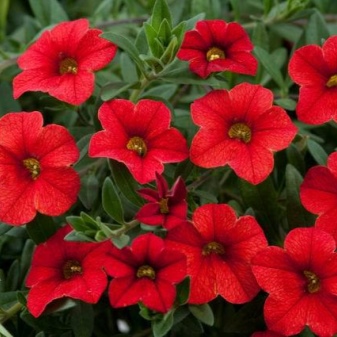
- "Easy wave blue" - small inflorescences of bright purple color, without veins.


- "Easy Wave Plum Wayne" - the most interesting of all, as it has an unusual pale purple shade of inflorescences, close in color to lavender sprigs with dark blotches.
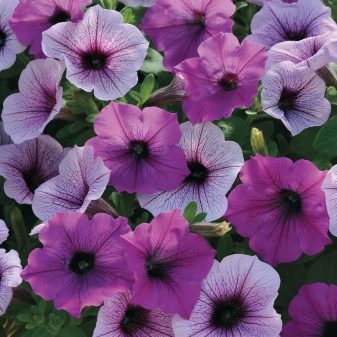

- "Easy Wave Pink Passion" - differs in pale pink flowering.

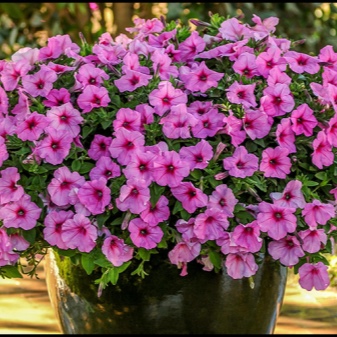
- Easy Wave Silver - small inflorescences of white color with a pale purple middle, which radiates out like rays throughout the flower.
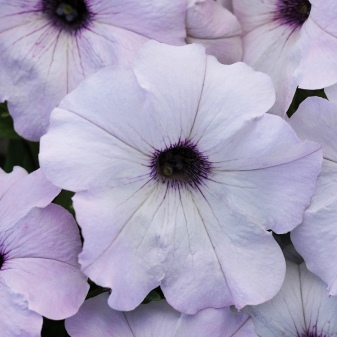
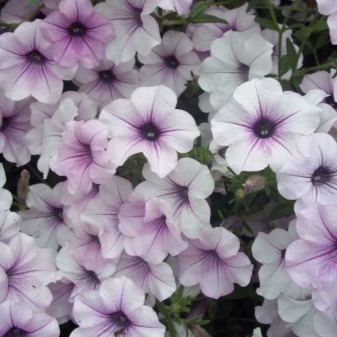
- "Easy Way Coral Reef" - differs from the rest in the most dense coral bloom with a white center.

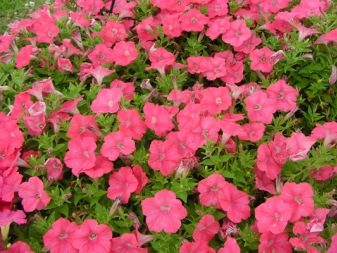
A wide range of choices will allow you to create an incredibly bright flower arrangement on your site that will decorate any home.
Care
At first glance, it may seem to many that such a beautiful flower will require a lot of attention, however, this is a deep misconception. This particular specimen is one of the most unpretentious among landscape plants. Of course, those who want to grow such a flower on their own will need a little more time and effort. It is planted in the winter, since the entire cultivation process can take more than one month.
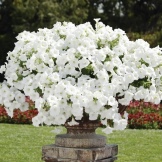

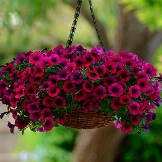
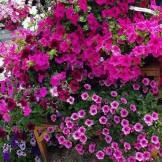
In the first five weeks, you should carefully monitor the soil moisture level (rather high) and the air temperature (about 23-26 degrees). After the emergence of the shoot, the temperature drops to 18-20 degrees, the soil should be slightly damp. The light should come in for 14-16 hours. When the first leaves appear, the plant needs even more light.
At the next stage, the sprout is transplanted into a small container so that the flower has the opportunity to further develop its root system. During this period, the plant needs additional fertilization. During the day, young petunia should receive the maximum amount of light, and at night the temperature should be reduced to 14-15 degrees. You need to water the flower as soon as the soil begins to dry out, the main thing is not to overdo it with watering.
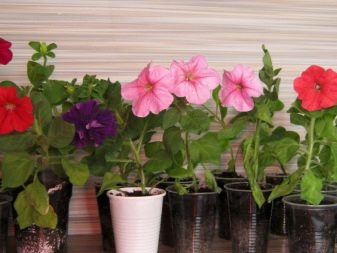
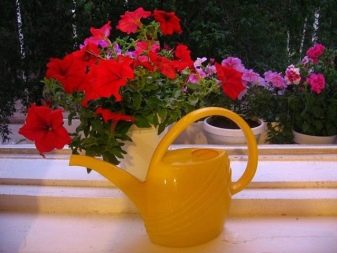
At about 6-9 weeks, the petunia should be transplanted into a free pot (diameter from 25 centimeters) so that the plant can freely develop its root system. It is necessary to ensure that the seedlings receive a sufficient amount of sunlight and periodically supply them with various trace elements for active growth and development. An adult flower also enjoys sunbathing. This is due to the fact that petunia was bred in America, where the climate corresponds to high humidity and a lot of sunlight.
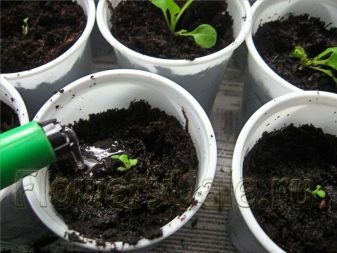
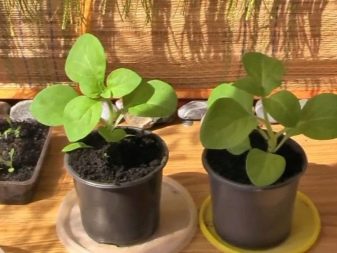
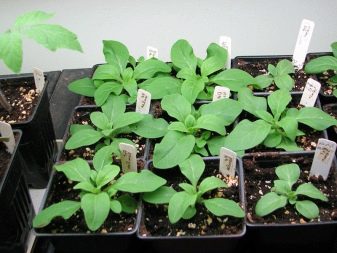

Water the flower in moderation as soon as the soil begins to dry out a little. You should not trim the petunia so that it can form its crown normally. Sometimes rotten and dried leaves and flowers can be removed. In order for a plant to grow healthy and strong, it must at least occasionally be pampered with various nutritious fertilizers that can be purchased at agricultural stores.
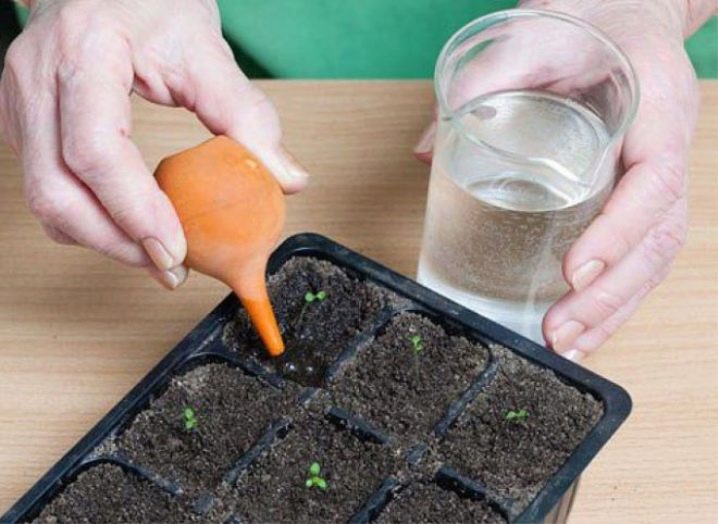
Reviews about this variety of petunia are very promising.The surveyed amateur gardeners, as well as professional landscape designers, agree that this plant will be a wonderful decoration for any personal plot, as well as a gazebo or balcony.
Due to the dense, bright flowering of petunias, it can be planted in the form of various shapes, which will make the design of the site even more interesting and creative.
For a video on the proper care of petunias, see below.







































































































The comment was sent successfully.